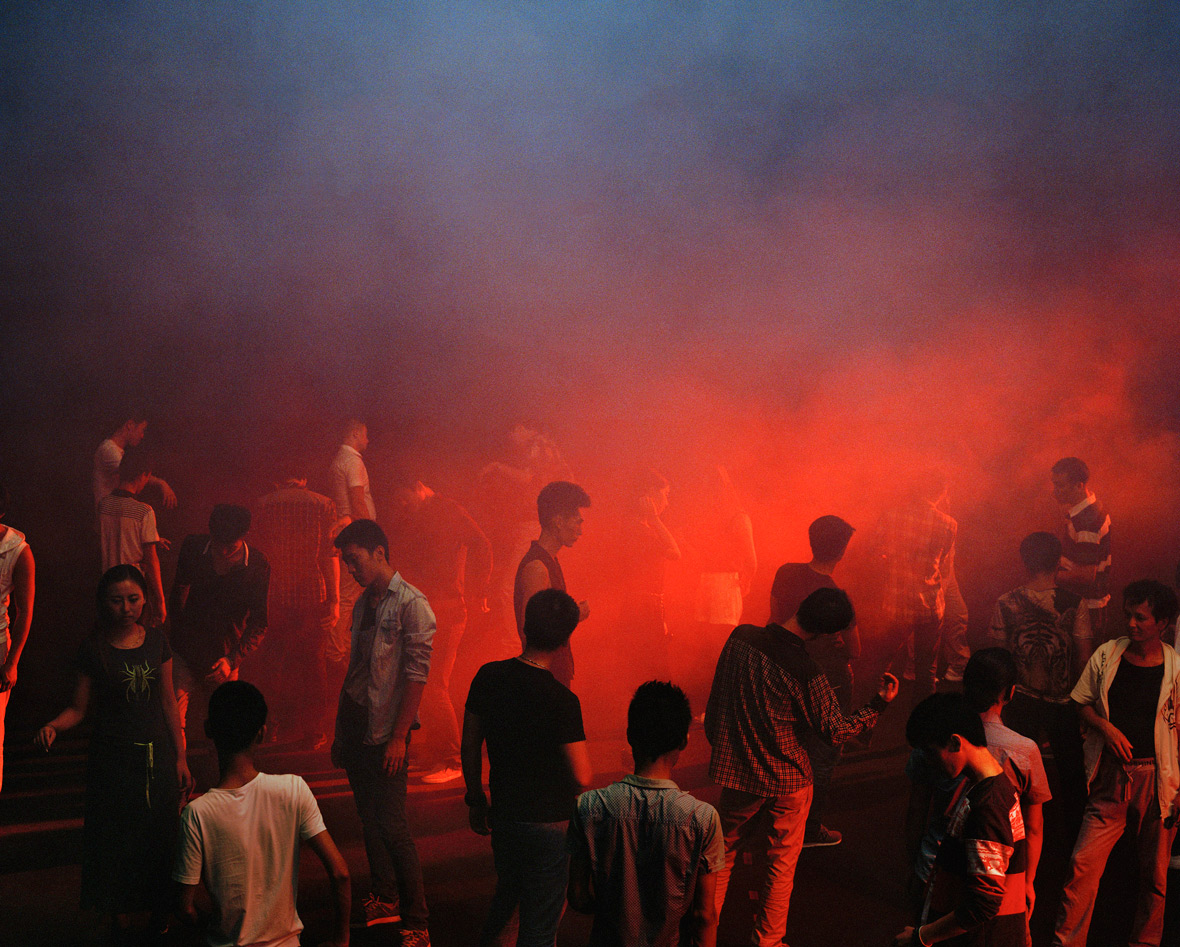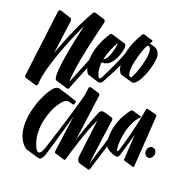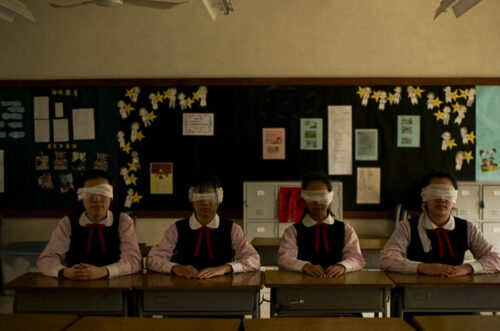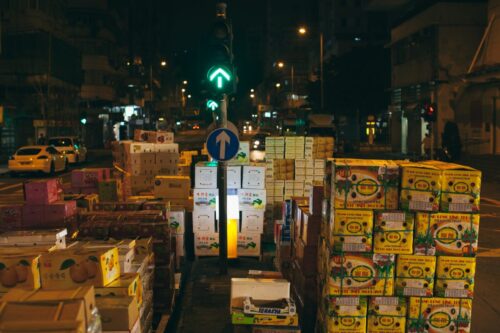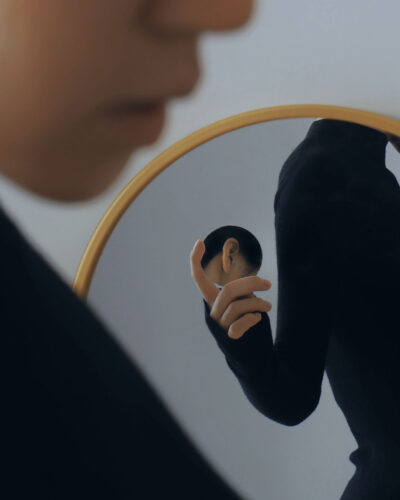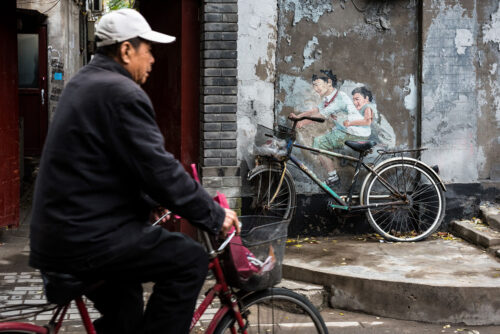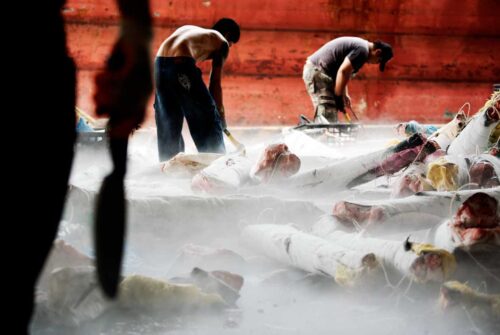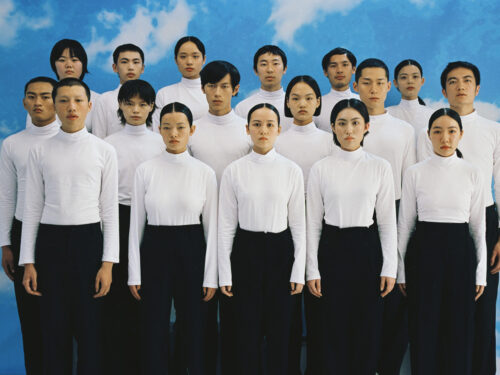This article was originally published on Neocha and is republished with permission.
For young urbanites, nightclubs can often feel like safe havens, a realm of fantasy where space and time are rendered meaningless by pounding bass and strobing lights. All their worries can be left at the door as they escape into a world of drunken hedonism, a moment where they can enjoy themselves to the fullest.
With a similar outlook, Chinese photographer Chén Wéi 陳維 has created Noon Club, a photo series offering his poetic take on the dancefloor. In his work, swathes of vivid colors and enveloping darkness are the backdrops against which club-goers sway to and fro. But strangely enough, the dancers don’t seem particularly excited. In fact, their troubled demeanors and closed eyes suggest their minds seem are elsewhere entirely. “The club is a narrative device,” Chen explains. “Whether it’s a dancer lost in the music, a dirty dancefloor after the people have left, or the expressionless people hiding within the fog—these images express my own complex feelings about life’s realities.”
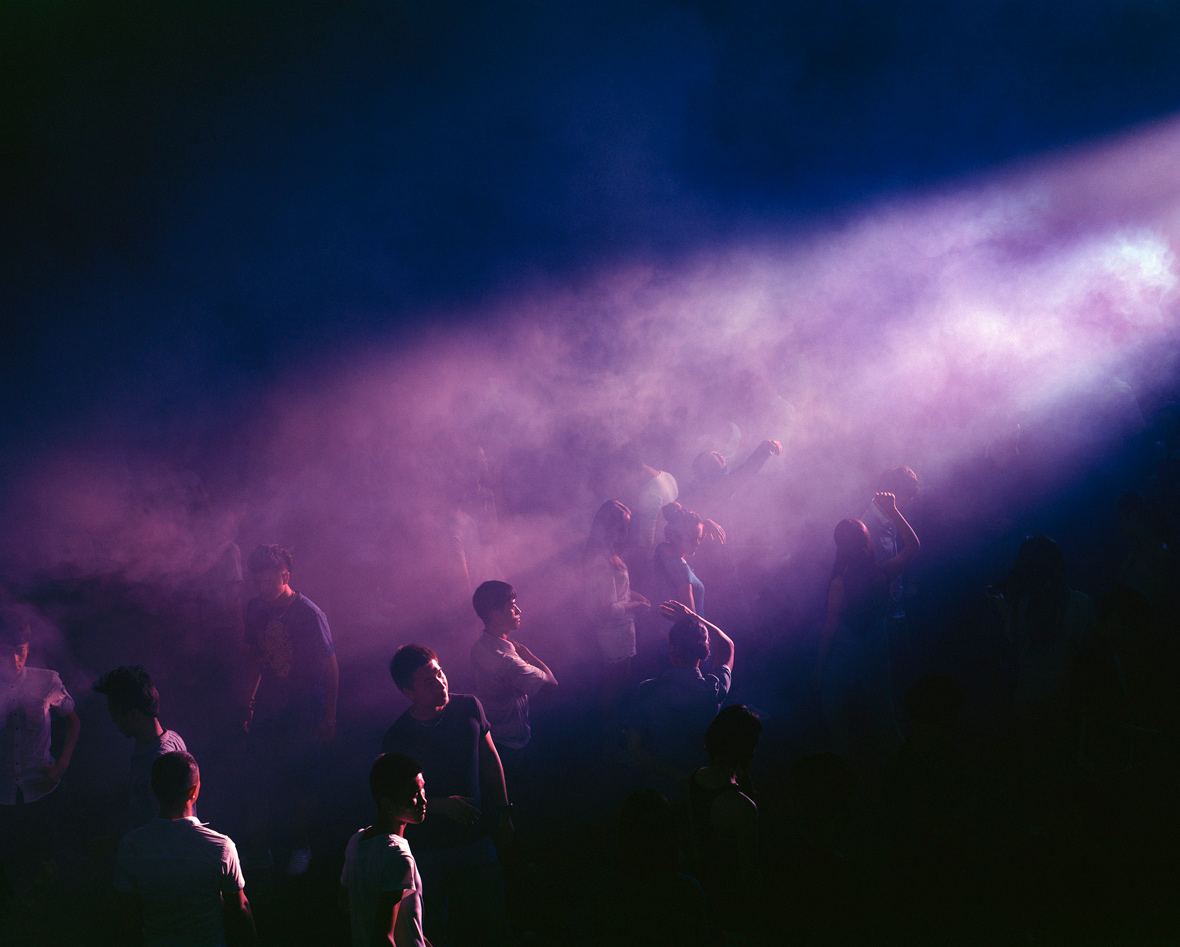

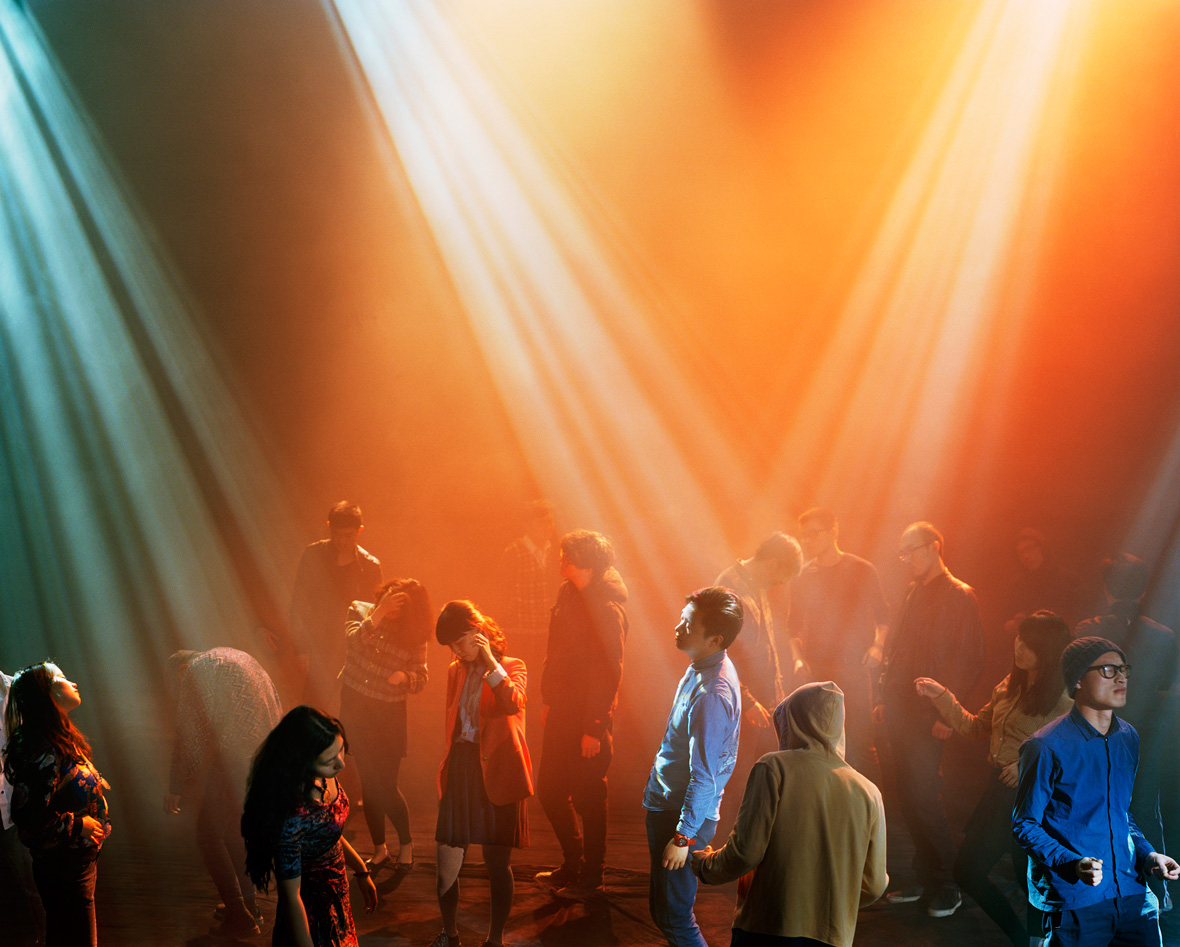
Through his artful snapshots of clubs and club-goers, Chen delivers a sobering vision of modern life: he believes that today’s world has been stripped of happiness, with mass commercialization and digitization being the main culprits behind our joyless existence. His work distills this bleak outlook into a visual format.
With so many people in search of a place to vent their frustrations and anxieties, clubs have perhaps best filled that need. These spaces represent a subversion of the norm, a middle finger to the unspoken guidelines that have long dictated how life should be lived, a place that can’t be replaced by the digital world.
Chen sees nightclubs as society in miniature. People from all walks of life gather in these places, all with their own goals and expectations for the night. These different individuals have all come together under the promise of a good time, but a sense of unease often simmers beneath the surface. While Noon Club offers glimpses this restless energy, Chen reveals that the images weren’t even taken in real clubs. For “In the Waves,” he invited over a dozen young creatives to take part in the shoot, which was completely staged inside a studio. Without even any background music, the models were instructed to party their hearts out within the blinding lights and enveloping fog. The dancers can be seen in varying states: some are fully into it, some aren’t even dressed for the occasion, and others look downright lost. Chen seems keen on speaking a simple truth— even when partying, it’s not completely possible to shed the weight of reality.
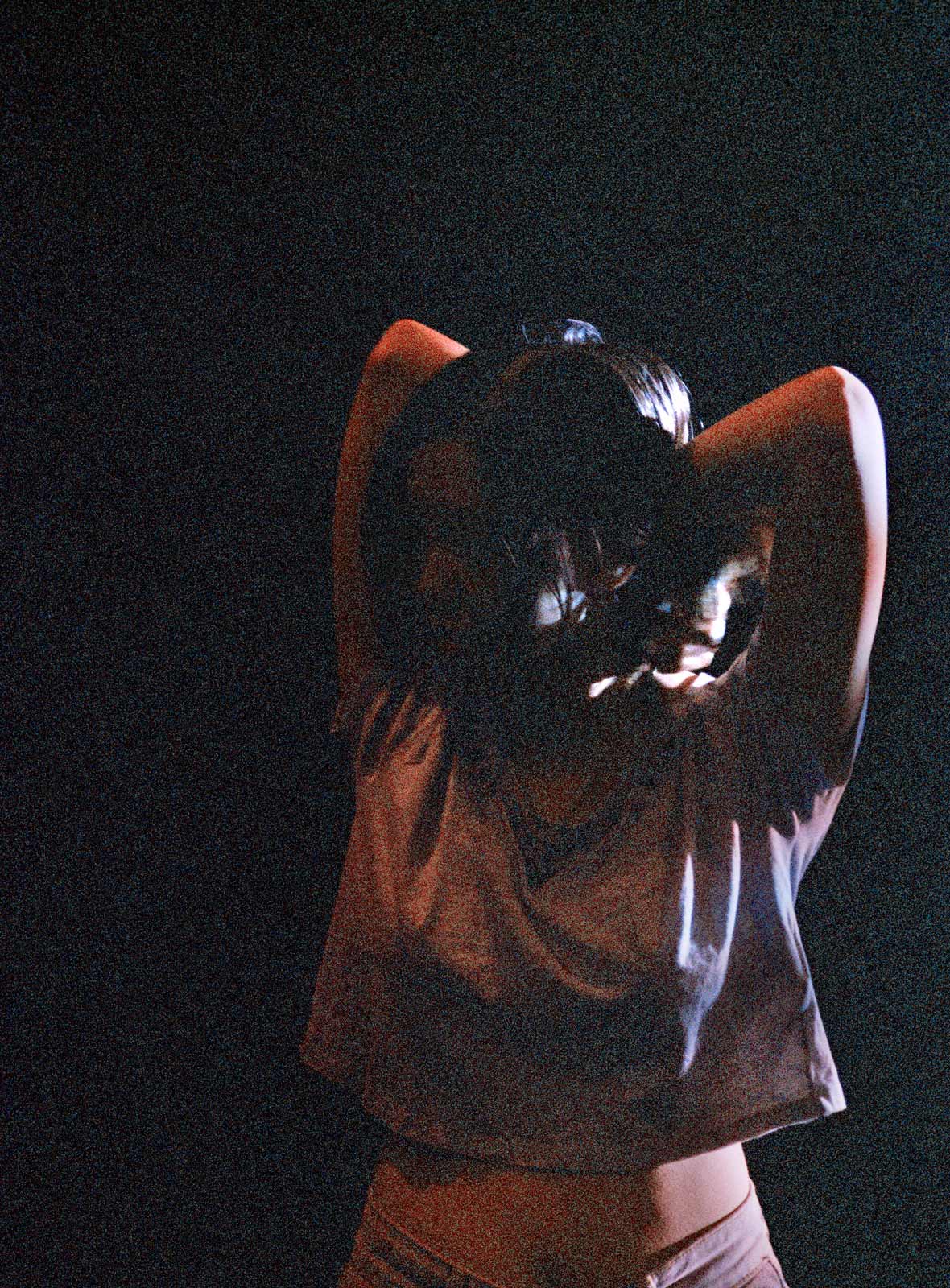
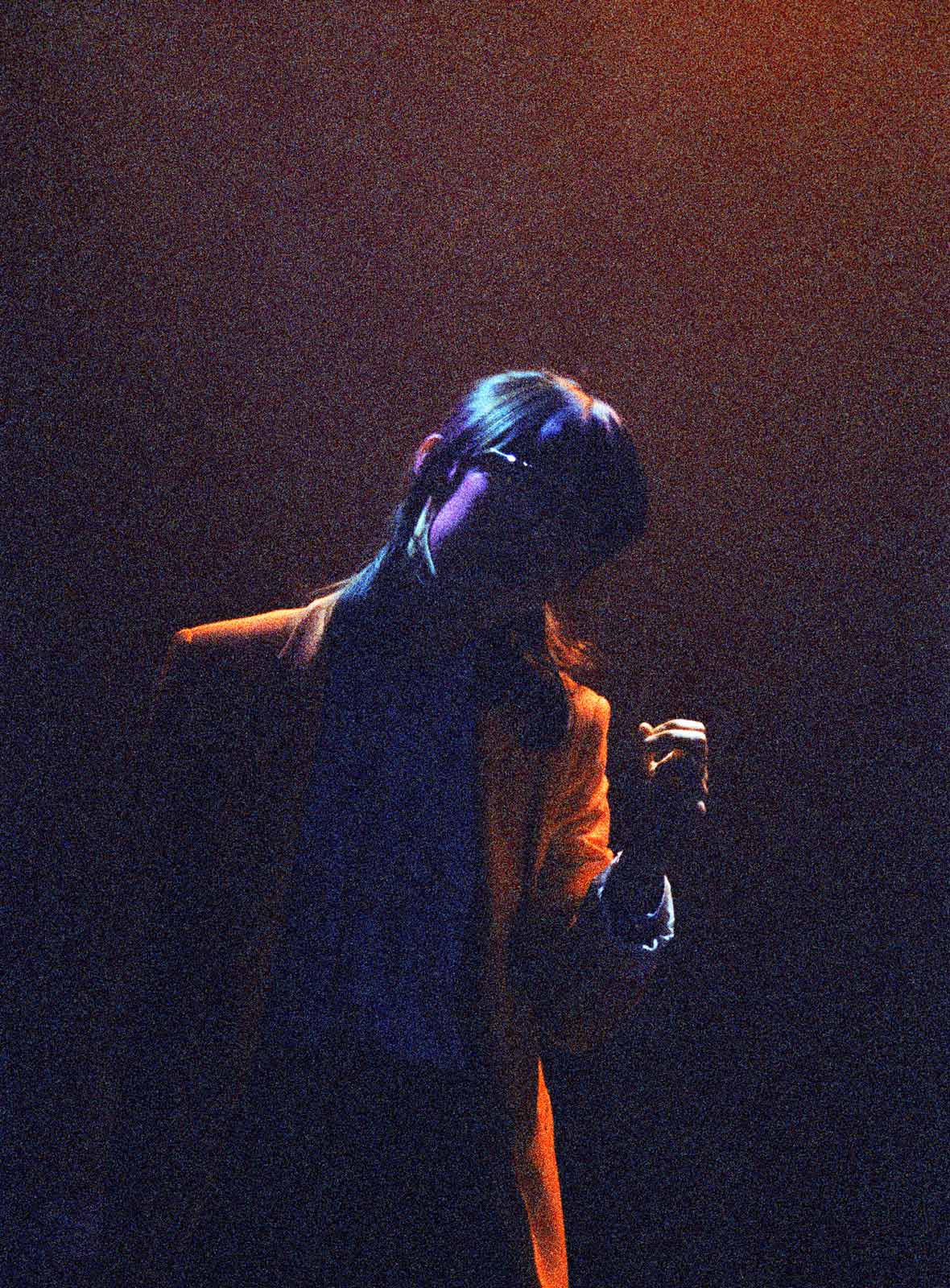
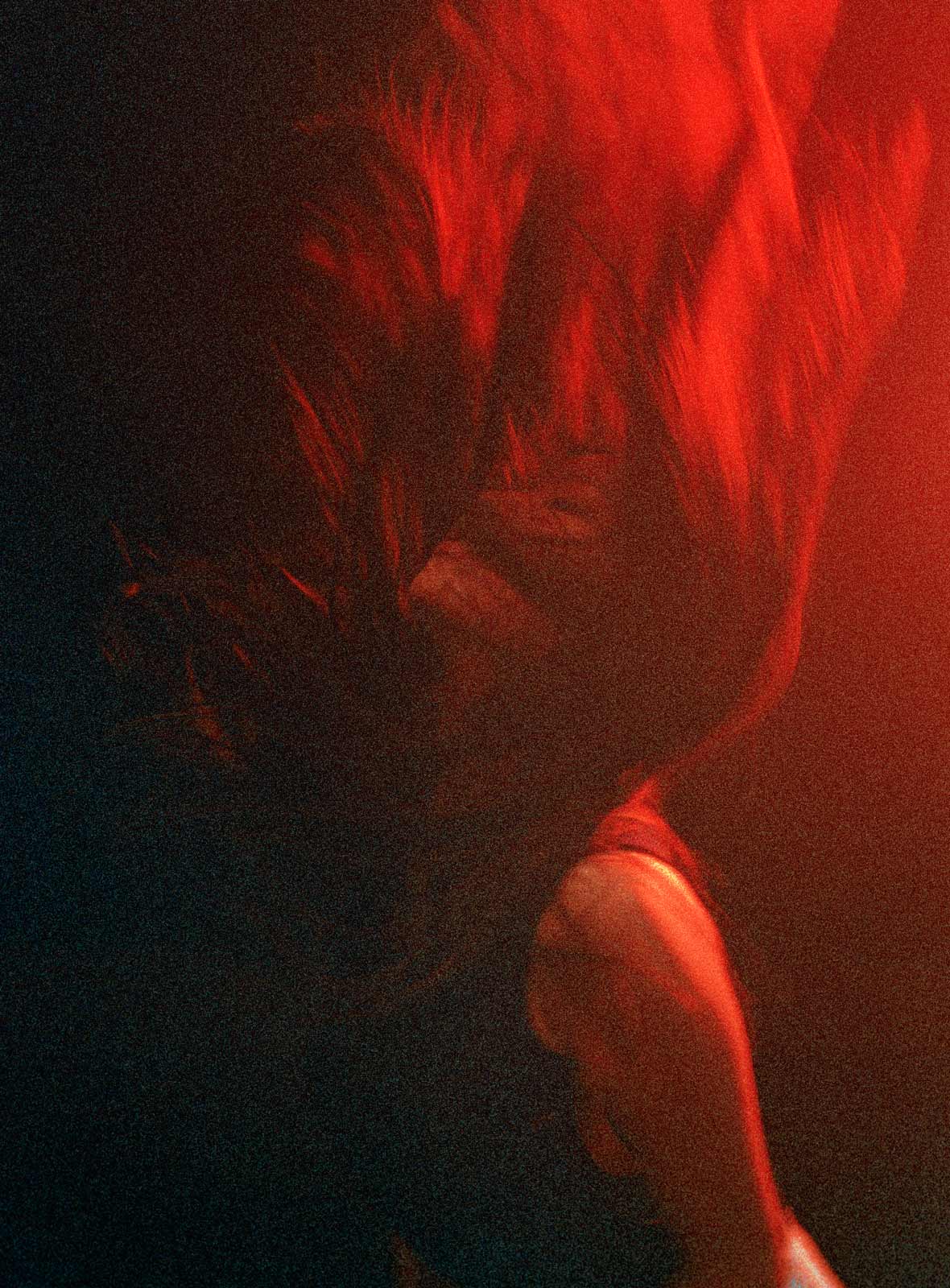
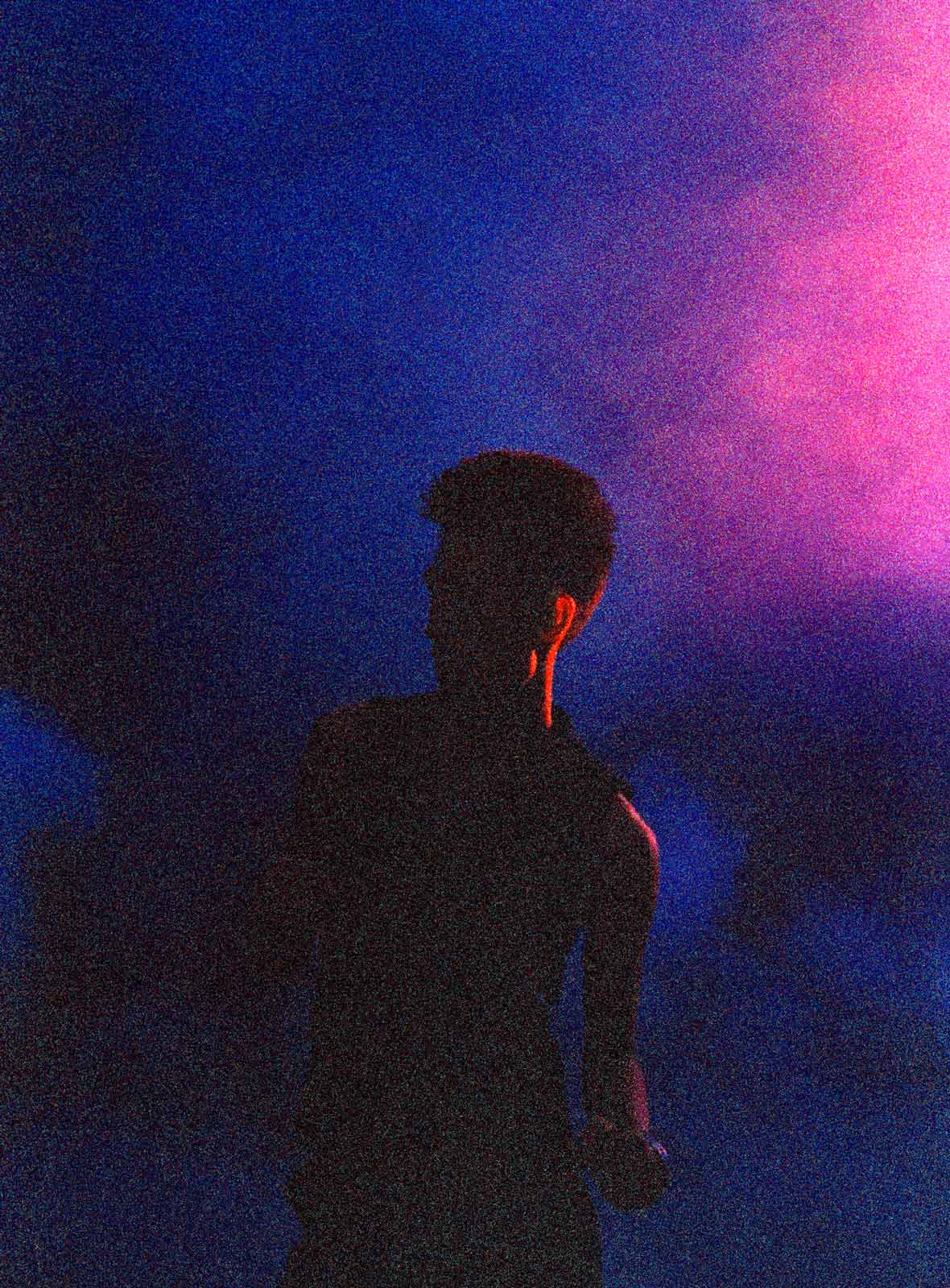
Connecting a thread between club culture and modern society, the series offers different perspectives of a night out. Images include wide shots of crowded dancefloors, close-ups of individual party-goers and their sweat-soaked clothing, and even interior shots of empty clubs. Each scene, though greatly different in nature, all capture the anxieties, struggles, and loneliness of the modern Chinese youth in their own way. As the dancers sway and gyrate, they almost seem desperate, as if the right combination of moves can placate their emotions.
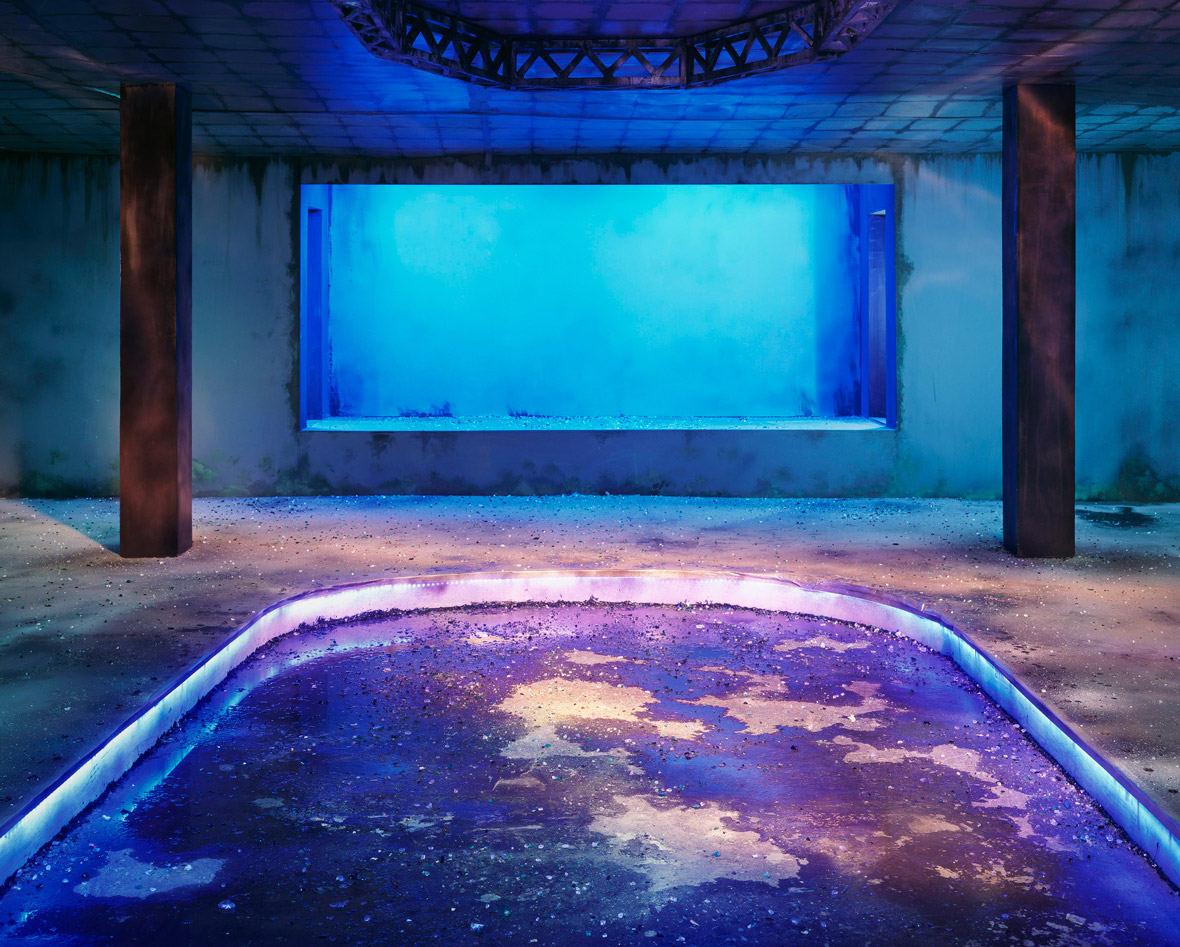
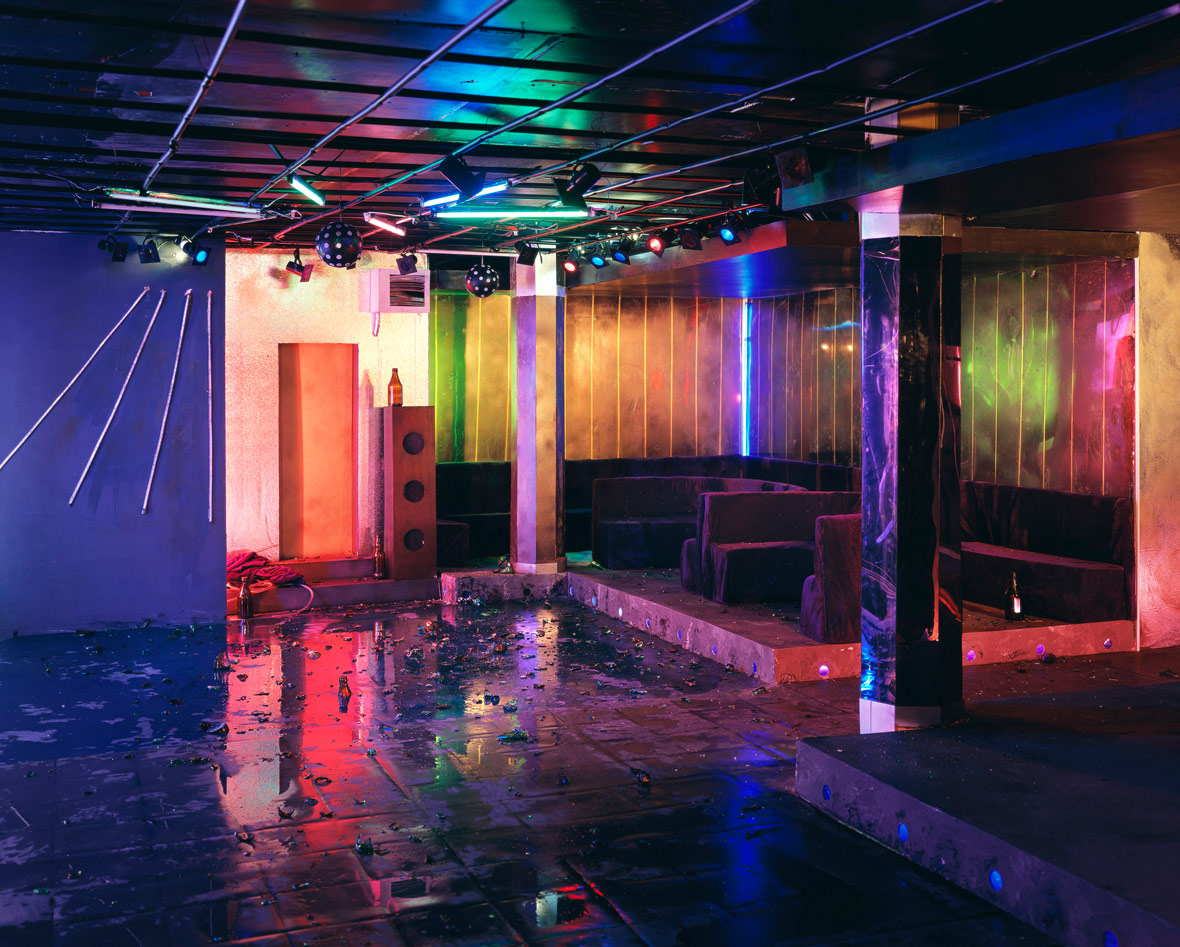


Prior to photography, Chen created lighting and installation art. This background offers him unique insight in photography, especially with regards to spatiality, materiality, and how light can help evoke a specific mood. For Noon Club, Chen and his team designed everything from the ground up. “Shooting a photo requires a lot of preparation,” he explains. “From the early concept, set design, discussion, set construction, and execution—it takes a tremendous amount of time.”
In the four shots of Dancefloor, Chen Wei themes each image around different props and lighting. In Dance Hall (Pearls), disco balls of varying sizes populate the dancefloor, an unseen light source out of the frame illuminates the dancefloor with warm tones. In Dance Hall (Blueness), purples, cyans, and azures engulf the dilapidated space. Without any human subjects, his set design and lighting setup became the primary story drivers. “Without light, we’re blind, unable to see the manmade or the natural world,” he says. “Light is the prerequisite for visibility, and it’s also the starting point of my work.”
His preferred presentation format, ink-jet prints, gives his images a grainier feel and heightens the vibrant colors to surreal levels. Plenty of care also goes into every offline showing, with Chen deeply involved in how his works are lit or framed in gallery settings.
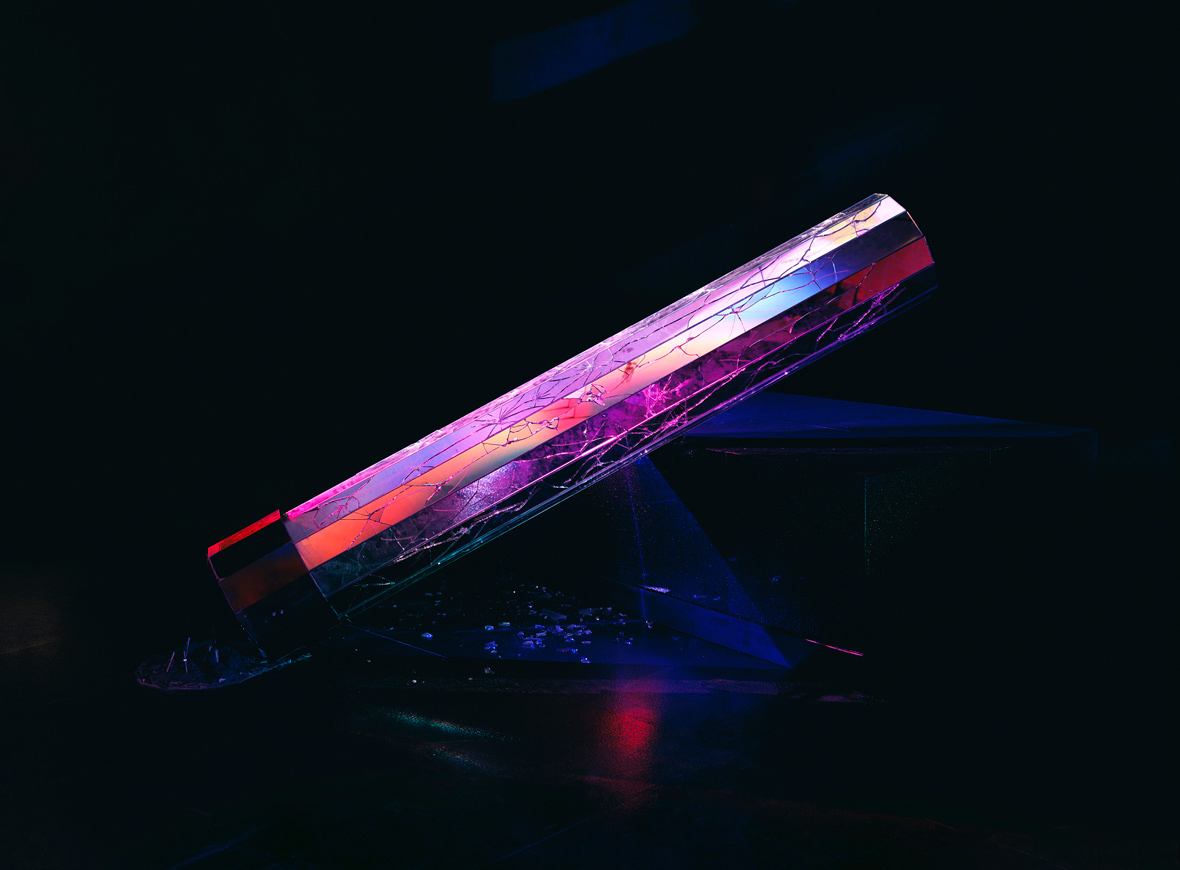
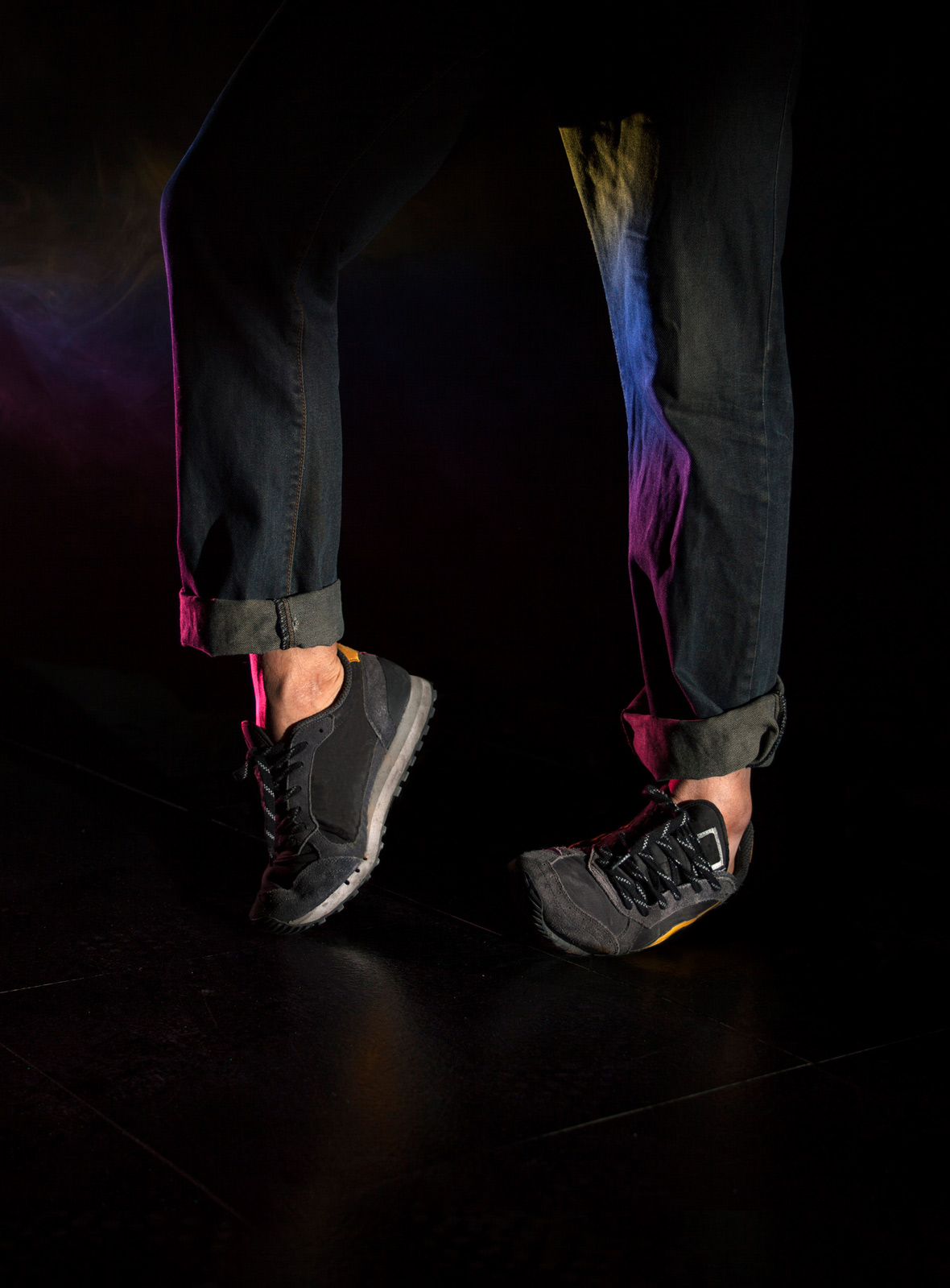
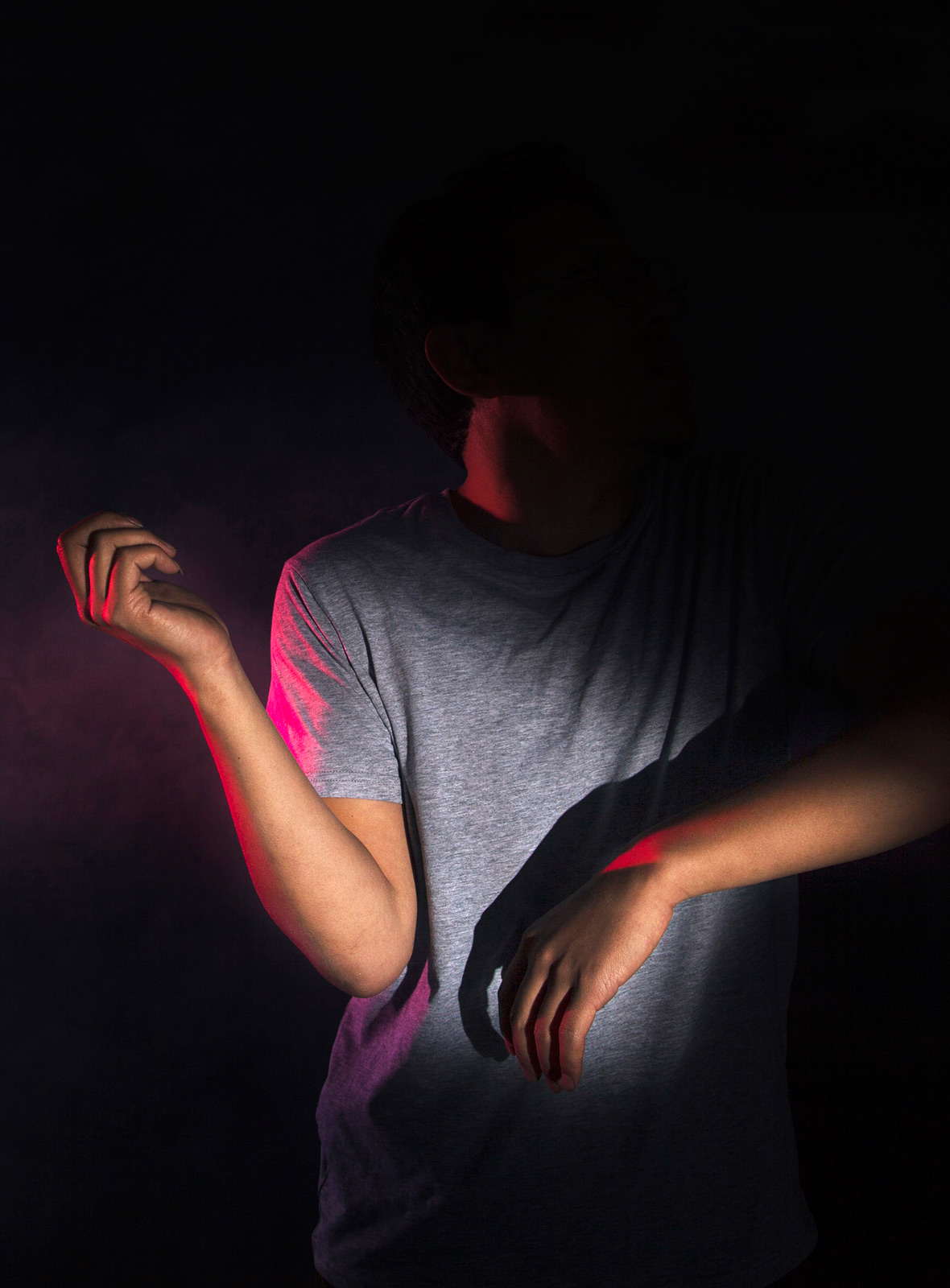

Ultimately, Chen hopes viewers can keep an open mind when looking at his work. “Clubs are places of uncertainty,” he says. “They’re places of volatile emotions, endless stories, and it’s all too difficult to express accurately using words. That’s why I chose photography.”
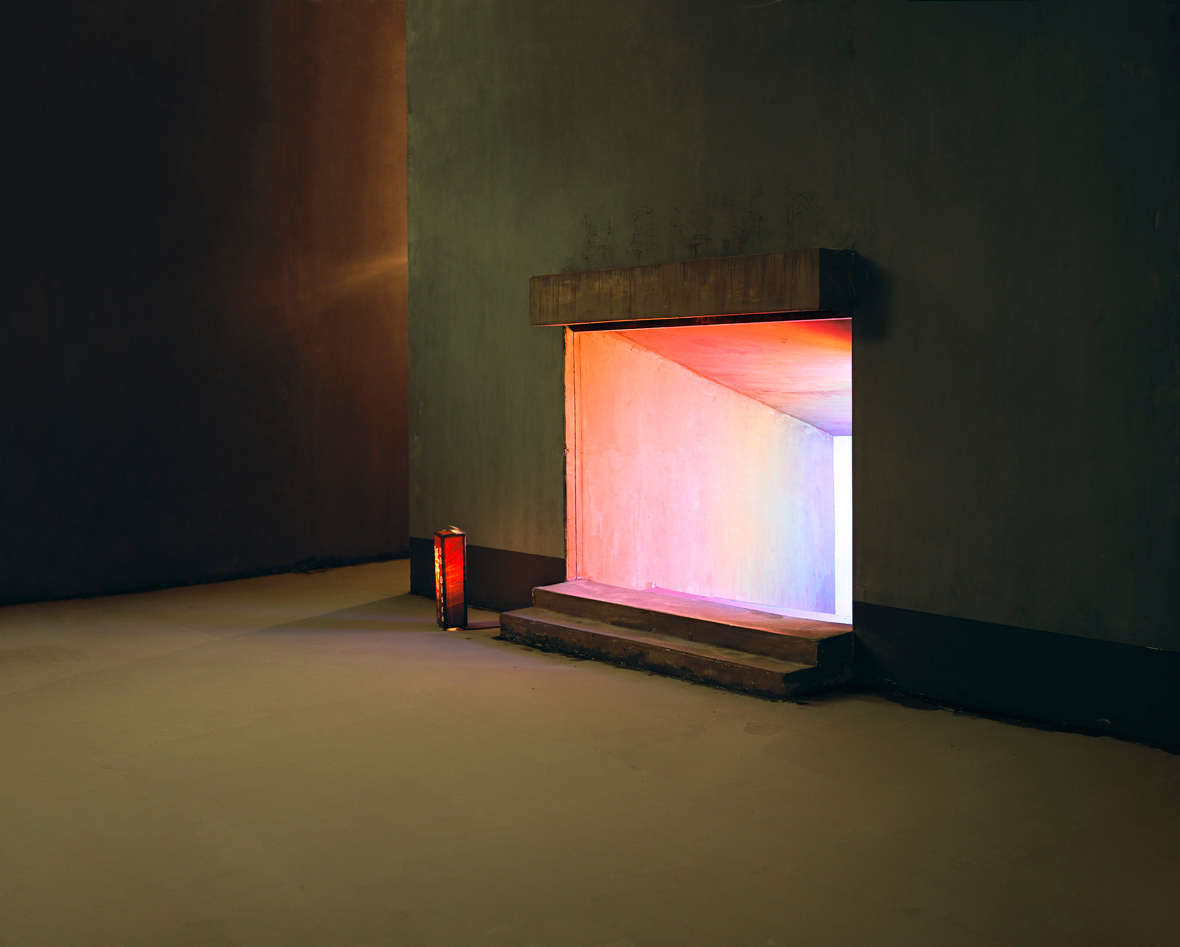
Like this story? Follow Neocha on Facebook and Instagram.
Website: www.chen-wei.org
Instagram: @chenweichenwei
Weibo: ~/chenweistudio
Contributor: Pete Zhang
